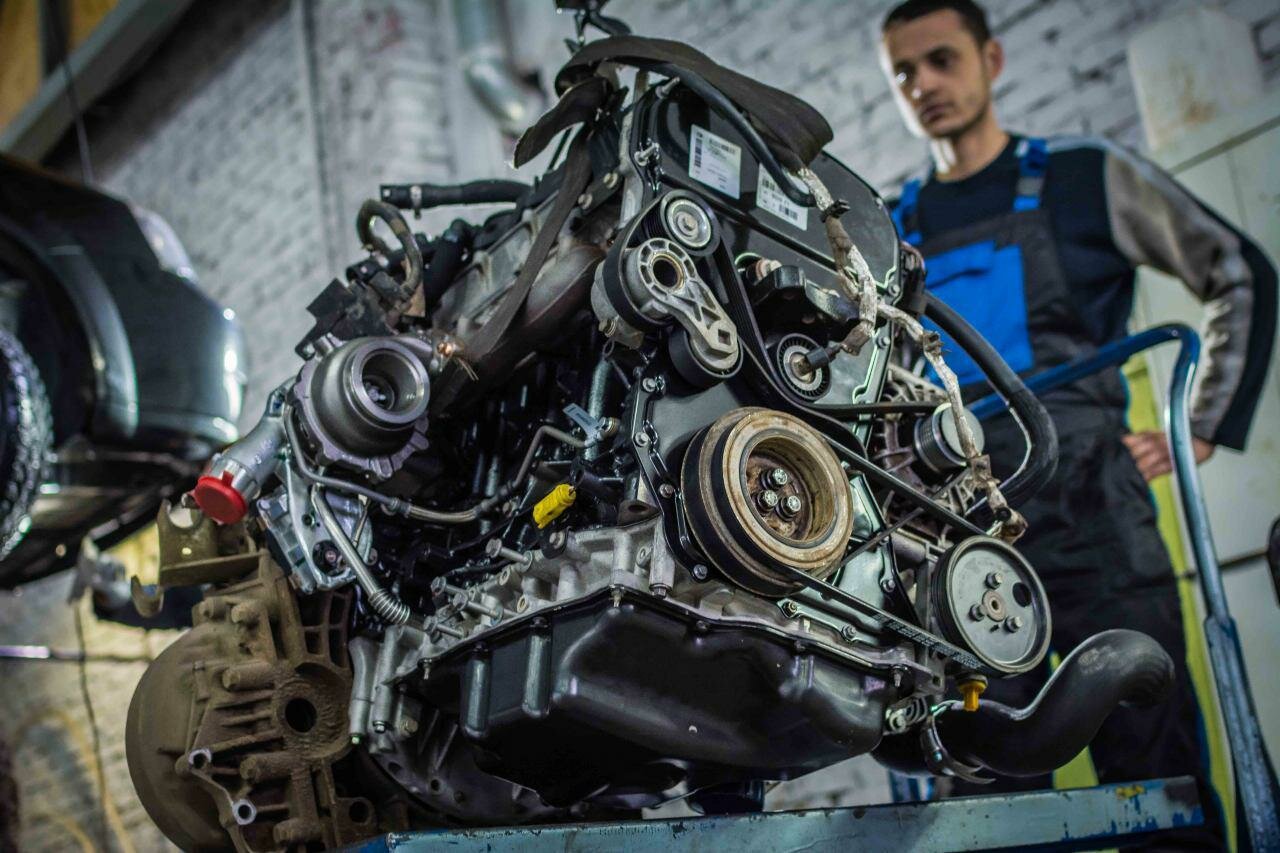Audi V10 Engine: A Brief Overview
History and Development
The Audi V10 engine has carved out a niche in the automotive world since its inception, primarily known for its performance and engineering excellence. Launched in the early 2000s, the V10 engine was initially developed for the Audi R8 supercar, a vehicle that showcased Audi’s commitment to innovation and high-performance engineering. The engine’s design was influenced by Audi’s extensive experience in motorsport, particularly in endurance racing, where power and reliability are paramount.
The V10 engine is a 5.2-liter powerhouse that delivers exhilarating performance, with outputs that can exceed 600 horsepower in some configurations. This engine has been a staple in various Audi models, including the R8 and the Lamborghini Gallardo, highlighting its versatility and appeal across different segments of the luxury sports car market. Audi’s decision to adopt a V10 configuration was a strategic move to compete with other high-performance brands, and it quickly gained a reputation for its impressive acceleration and thrilling driving dynamics.
However, the allure of the Audi V10 engine is not without its complications. While it offers remarkable power and performance, it has also been associated with a range of problems that can affect its reliability and longevity. Owners and enthusiasts have reported various issues, from minor inconveniences to significant mechanical failures. Understanding these problems is crucial for anyone considering an Audi V10-powered vehicle, as they can have serious implications for maintenance costs and overall driving experience. This article will delve into the common problems associated with the Audi V10 engine, providing a clear picture of what potential owners should be aware of.
Common Audi V10 Engine Problems
The Audi V10 engine, while celebrated for its performance, is not without its share of issues. Potential buyers and current owners should be aware of these problems to make informed decisions regarding maintenance and repairs. Below are some of the most frequently reported issues associated with the Audi V10 engine.
1. Oil Consumption
One of the most significant concerns with the Audi V10 engine is excessive oil consumption. Many owners have reported that their vehicles consume oil at a rate that exceeds normal levels. This can lead to a variety of problems, including:
- Increased maintenance costs due to frequent oil changes.
- Potential engine damage if oil levels are not monitored closely.
- Decreased performance as the engine struggles to maintain lubrication.
2. Timing Chain Tensioner Failure
The timing chain tensioner is a critical component of the Audi V10 engine, and its failure can lead to catastrophic engine damage. Symptoms of a failing tensioner include:
- Unusual rattling noises from the engine.
- Check engine light activation.
- Timing chain slippage, which can cause severe engine misalignment.
If the tensioner fails completely, it can result in the timing chain jumping teeth, leading to bent valves and extensive engine repairs.
3. Carbon Build-Up
Carbon build-up is a common issue in direct-injection engines, including the Audi V10. This build-up can lead to:
- Reduced engine performance.
- Increased fuel consumption.
- Rough idling and misfires.
Regular maintenance, including walnut blasting to clean the intake valves, can help mitigate this issue.
4. Fuel Pump Failures
Fuel pump failures are another concern for Audi V10 owners. Symptoms may include:
- Difficulty starting the engine.
- Engine stalling or hesitation during acceleration.
- Check engine light illumination.
A failing fuel pump can lead to inadequate fuel delivery, resulting in poor engine performance and potential damage.
5. Exhaust System Issues
The exhaust system on the Audi V10 can also present problems, particularly with the catalytic converters. Common issues include:
- Clogged or failing catalytic converters.
- Excessive exhaust fumes or odors.
- Check engine light activation due to emissions-related faults.
Top views |
|
|---|---|
 |
Oil, Timing Chains, Pistons: What Really Kills an Engine Prematurely? |
 |
How to Choose a Car with a Reliable Engine: Used Car Market Hacks That Actually Work |
Symptoms and Consequences
Understanding the symptoms associated with these problems is crucial for early detection and prevention of more severe issues. Below is a table summarizing the symptoms and their potential consequences.
| Symptom | Potential Consequence |
|---|---|
| Excessive oil consumption | Engine damage, increased maintenance costs |
| Rattling noises from the engine | Timing chain failure, catastrophic engine damage |
| Reduced engine performance | Increased fuel consumption, rough idling |
| Difficulty starting the engine | Engine stalling, poor performance |
| Check engine light illumination | Potential emissions issues, engine performance problems |




0 Comments